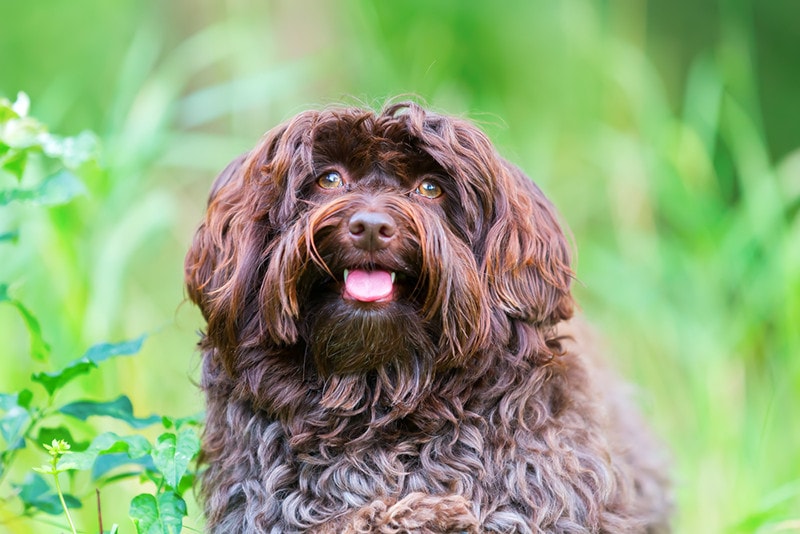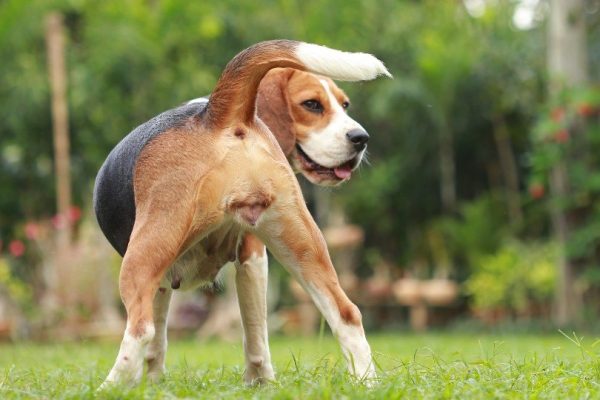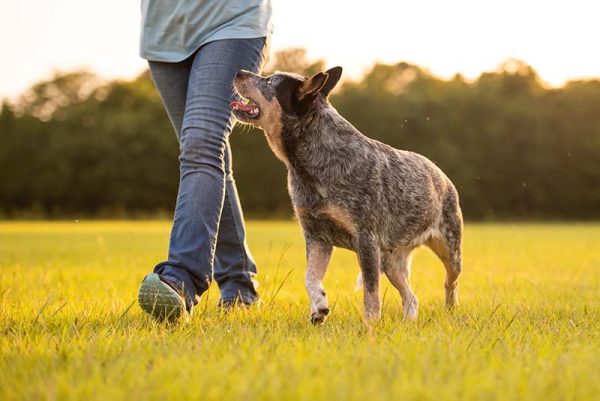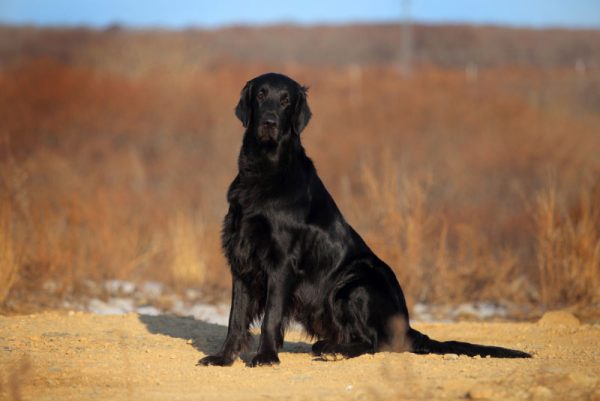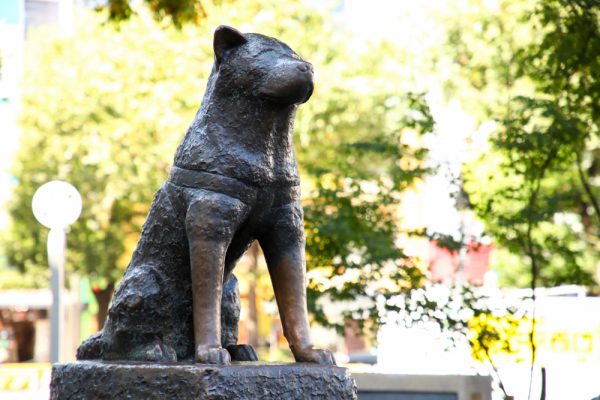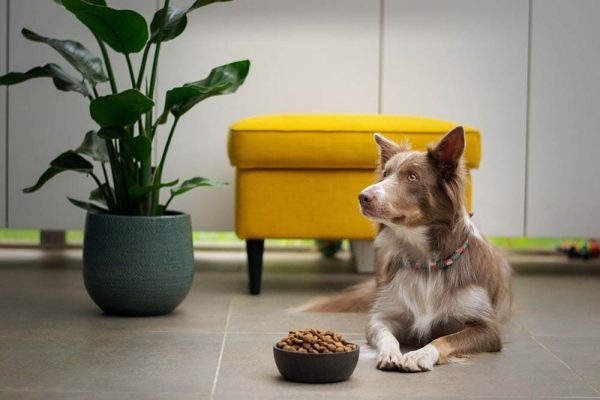While some dogs are known for being a bit snappy or potentially reactive around other dogs or even people, some are renowned for being friendly with everybody and every animal they meet. However, genetics aren’t everything, and individual temperament, socialization, and experiences can all impact a dog’s behavior.
Whether you want a breed that is suitable for family life or one that will mix well with other dogs and people, the 13 breeds below are known for being some of the least aggressive breeds, in no particular order.

The 13 Least Aggressive Dog Breeds
1. Bernese Mountain Dog
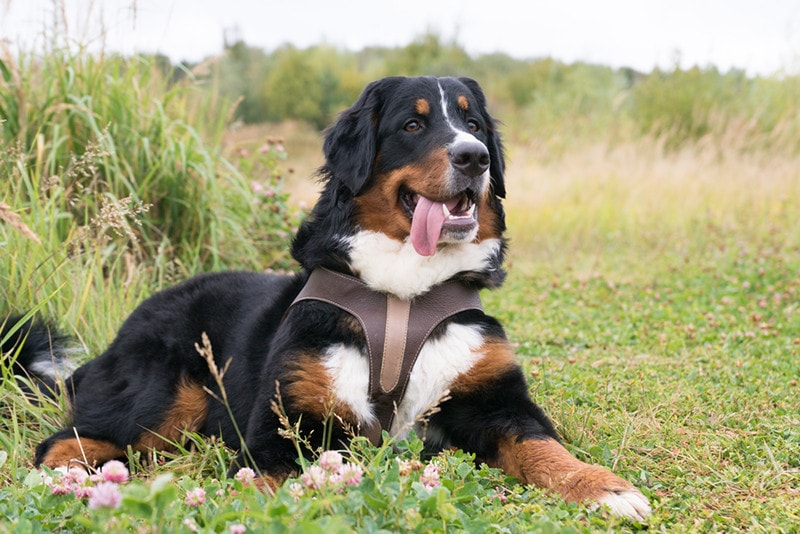
| Origin: | Switzerland |
| Lifespan: | 7–10 Years |
| Size: | 70–115 Pounds |
The Bernese Mountain Dog is a large breed from Switzerland and is known for being friendly and affectionate. However, they are also known for their barking and excessive shedding, and their size means they need plenty of space.
Because they do bark, Bernese Mountain Dogs can make good watchdogs, but they make poor guard dogs because they are so friendly.
2. French Bulldog
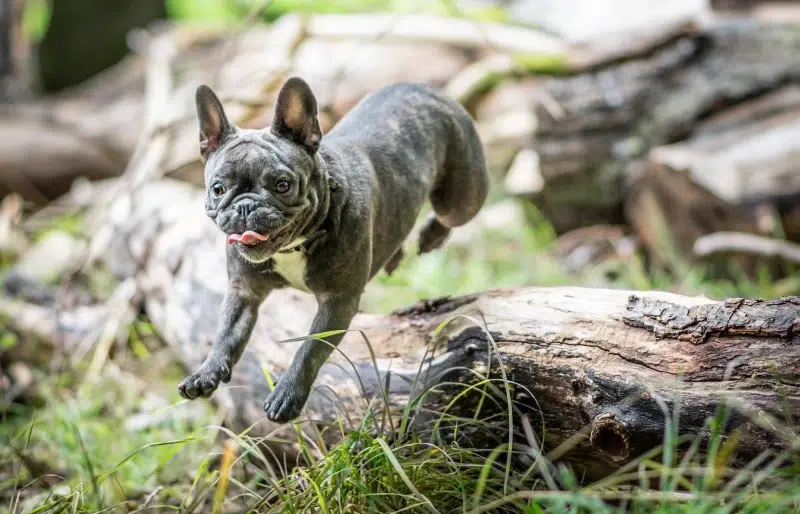
| Origin: | France |
| Lifespan: | 10–12 Years |
| Size: | 20–30 Pounds |
The French Bulldog, also known as the Frenchie, is a smaller breed, typically weighing around 25 pounds. They are known for being lively and playful, as well as friendly and loving. This sociable dog will approach most people, generally looking for a play partner.
Its family-oriented nature means that the Frenchie can suffer from separation anxiety so they are not the best breed for owners who work all day and aren’t at home.
3. Whippet
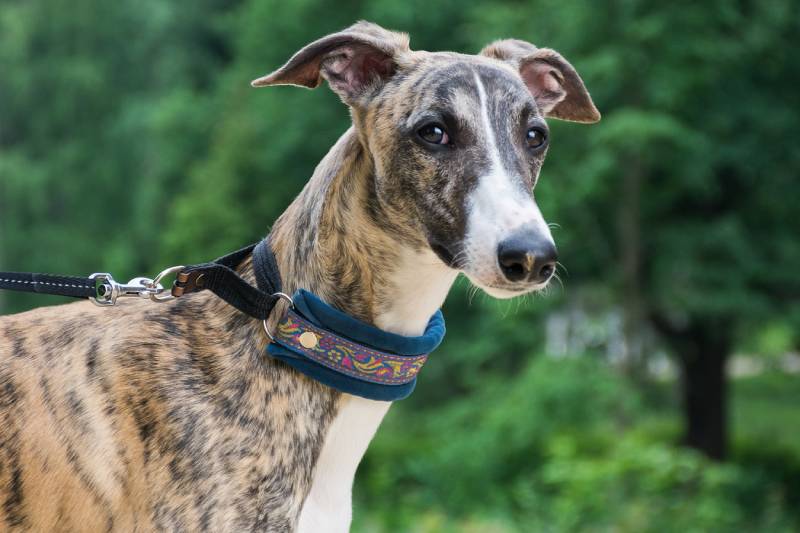
| Origin: | England |
| Lifespan: | 12–15 Years |
| Size: | 25–40 Pounds |
Bred in England as a sighthound, the Whippet is very similar to the Greyhound but much smaller in size. They share a lot of traits and characteristics with Greyhounds, though, which means they can achieve incredible speeds and will generally chase anything that moves but will spend the vast majority of their time stretched out on the sofa at home.
As well as being unaggressive, the Whippet is also known for being a quiet dog.
4. Cavalier King Charles Spaniel
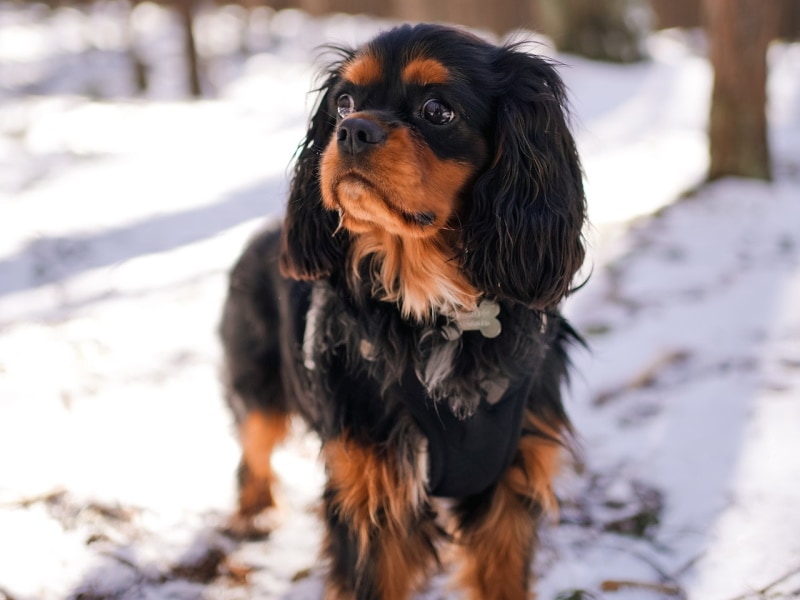
| Origin: | England |
| Lifespan: | 12–15 Years |
| Size: | 13–18 Pounds |
Although they are a small breed, the Cavalier King Charles Spaniel is actually one of the largest lap dog breeds. They are known for their doleful eyes and their beautiful silky coat. Cavaliers are generally sweet-natured dogs that will lavish love on their owners.
This is another breed that doesn’t do well when left for long periods, but they get along with other dogs as well as people, which makes them a great choice even for a busy family home.
5. Pug
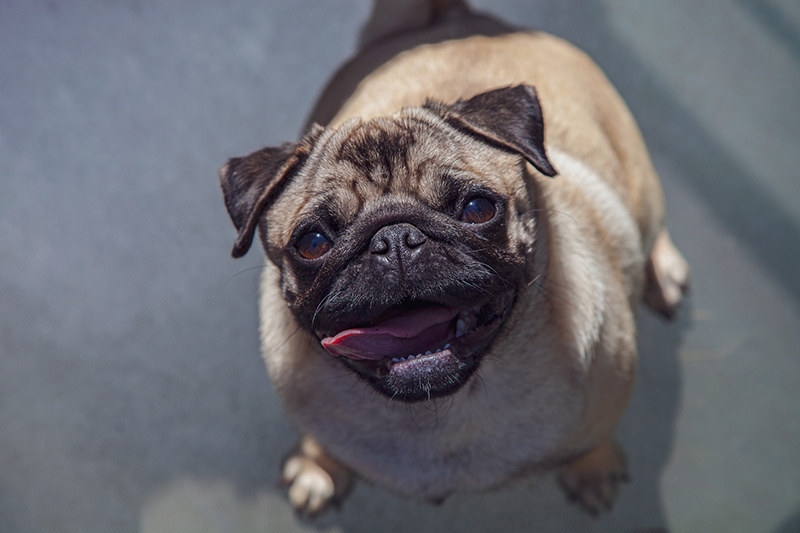
| Origin: | China |
| Lifespan: | 13–15 Years |
| Size: | 14–18 Pounds |
The Pug is a gentle and sweet-natured dog, although they can be playful and are known for being a comical, funny dog. They are recognizable for their bug eyes and unique expression. The breed doesn’t require a lot of exercise but is almost always up for a game.
The Pug’s small size, loving nature, and playful character have made them one of the most popular breeds in the US and around the world.
6. Newfoundland
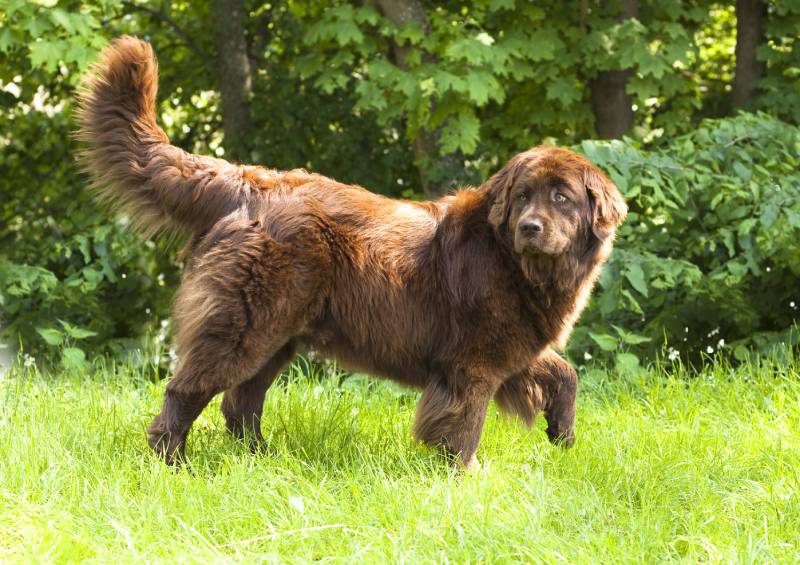
| Origin: | Canada |
| Lifespan: | 9–10 Years |
| Size: | 100–150 Pounds |
The massive teddy bear known as the Newfoundland is a loving and affectionate pet but also makes a diligent working dog. They are very intelligent and incredibly loyal, and they are generally very good with children and other pets. The breed’s size means they require a lot of space and need a moderate amount of exercise every day to ensure that they stay healthy and fit.
7. Irish Setter
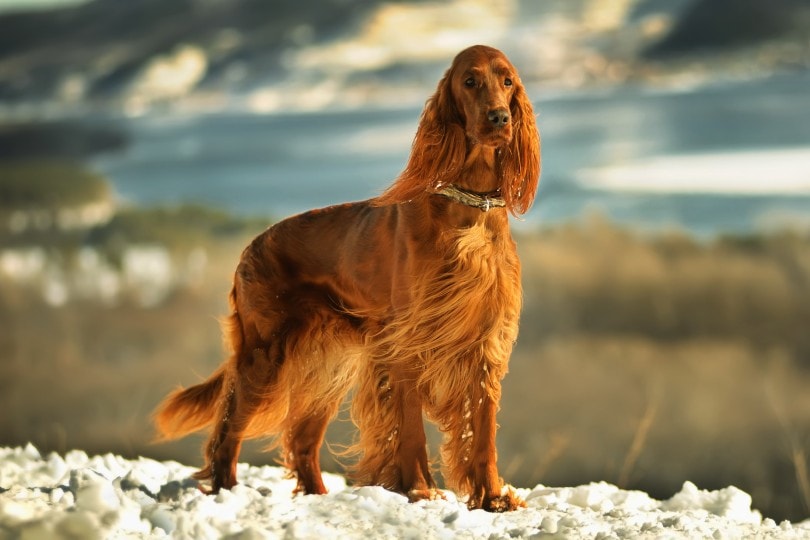
| Origin: | Ireland |
| Lifespan: | 12–15 Years |
| Size: | 60–70 Pounds |
The elegant-looking Irish Setter is a medium to large breed with a beautiful red coat. A friendly breed that isn’t afraid of hard work, this setter will usually get along with humans of any age. However, they do have a strong prey drive, which means that they may not be the best choice of dog for those with cats or who have a lot of wildlife in the garden.
8. Basset Hound
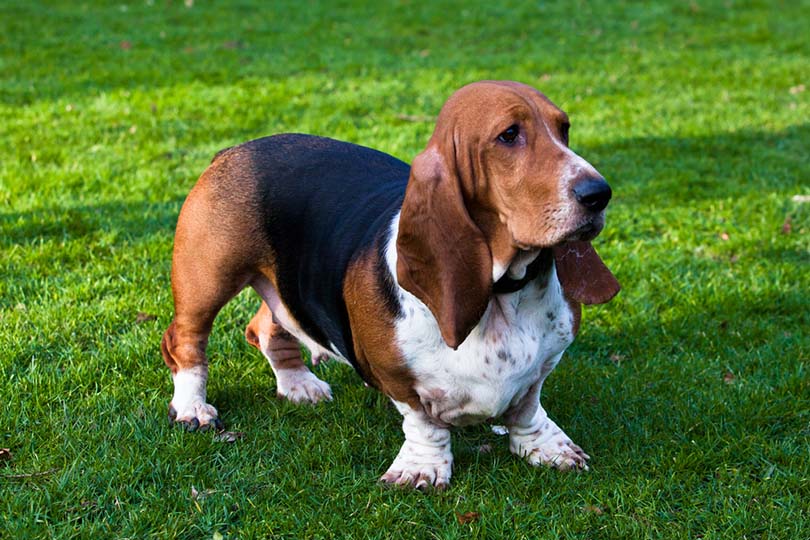
| Origin: | France |
| Lifespan: | 12–13 Years |
| Size: | 40–65 Pounds |
The Basset Hound may look slow and docile, and this is certainly true of the French hunter when indoors, but it is an incredible scent hound that will work and play hard when outdoors.
The Basset Hound is only bested by the Bloodhound when it comes to sense of smell, and owners are encouraged to offer scent work and games that involve the Basset’s nose because this will keep them entertained and allow them to show off their prowess.
9. Shih Tzu
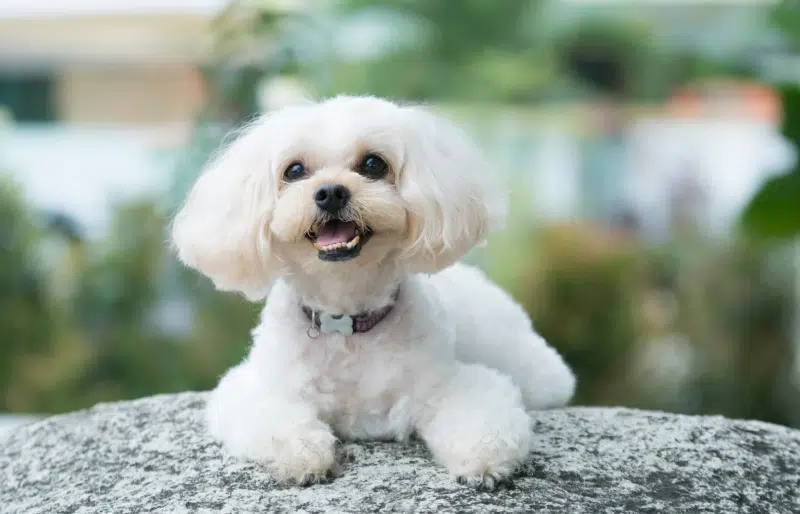
| Origin: | Tibet |
| Lifespan: | 10–18 Years |
| Size: | 9–16 Pounds |
The Shih Tzu is a popular small breed that is loving and loyal. They adore attention and can sometimes suffer separation anxiety if left alone, generally preferring to spend their time sitting on your lap. The Shih Tzu gets on with strangers, but, as with all dogs, owners will need to put some effort into early and ongoing socialization of the breed.
10. Bichon Frise
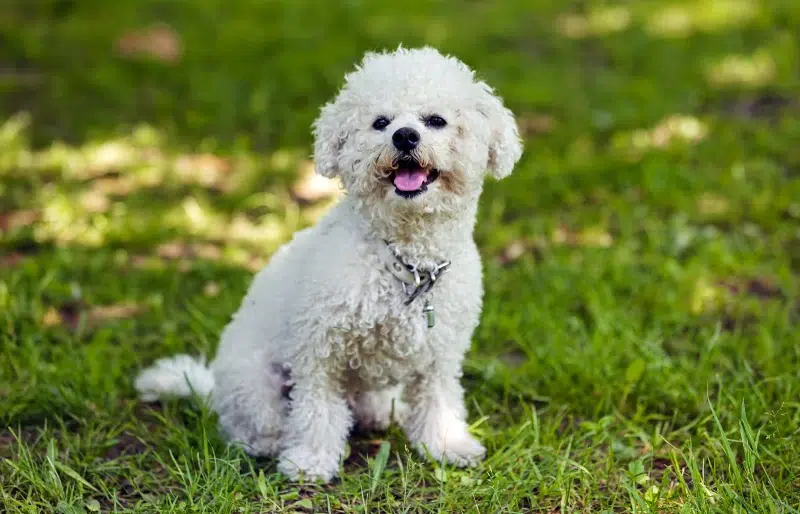
| Origin: | Spain |
| Lifespan: | 14–15 Years |
| Size: | 12–18 Pounds |
The Bichon Frise is a small breed that is lively and playful, as well as loving and fairly quiet. These dogs are also said to be better for allergy sufferers because they don’t shed. The dog was originally used for trade aboard Spanish ships, which meant it had to be friendly to appeal to potential buyers.
Although lively, Bichon Frises don’t need excessive amounts of exercise to stay fit and healthy.
11. Golden Retriever
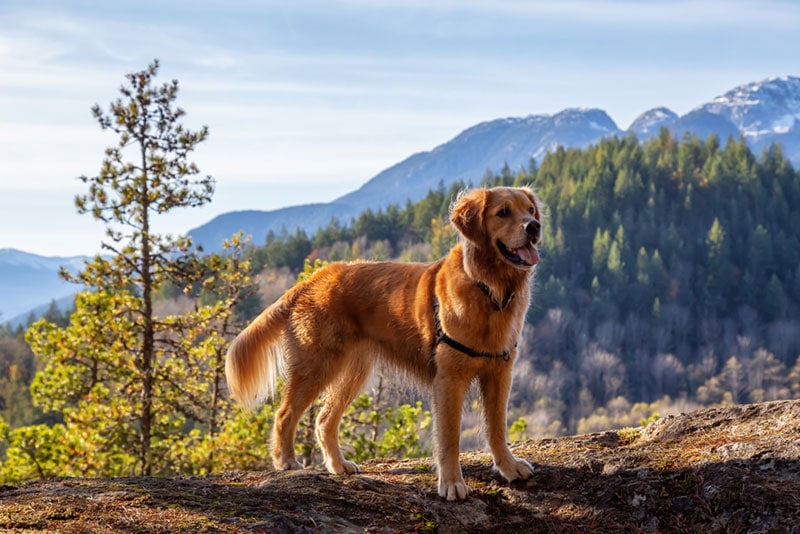
| Origin: | Scotland |
| Lifespan: | 10–12 Years |
| Size: | 55–75 Pounds |
The Golden Retriever is one of the most popular breeds of dog in the world and is widely considered one of the best breeds for first-time owners, families, and generally for any dog owner. The Golden is a reliable dog that is very intelligent and widely used in service dog roles because they are easy to train and enjoy doing the jobs asked of them.
They are also a very friendly breed, with most owners joking that a Golden Retriever is more likely to help a burglar than stop them.
12. Beagle
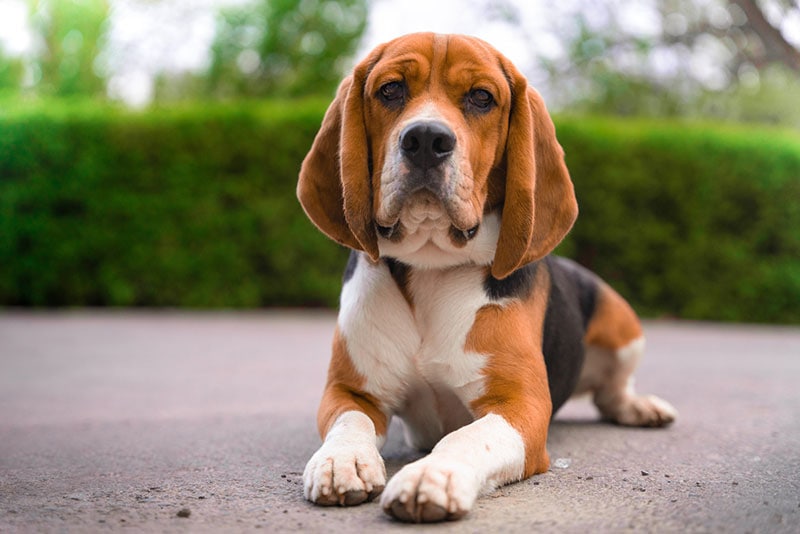
| Origin: | England |
| Lifespan: | 10–15 Years |
| Size: | 20–30 Pounds |
Beagles are lively, bright, cheerful dogs. They are very energetic and they require plenty of good exercise as well as mental stimulation to prevent boredom. But, having been bred to hunt in packs, the Beagle typically gets along very well with other dogs and will also befriend most people.
The Beagle can be prone to barking, but they are friendly dogs that are usually gentle.
13. Havanese
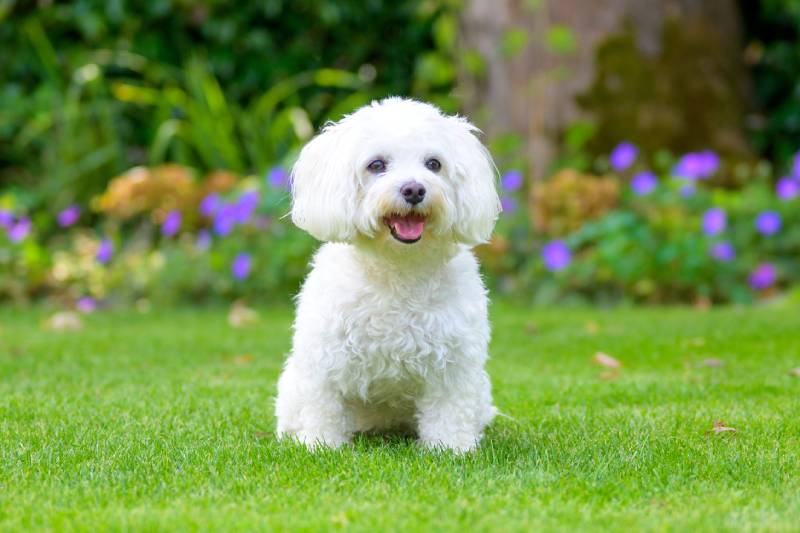
| Origin: | Cuba |
| Lifespan: | 12–16 Years |
| Size: | 7–13 Pounds |
The Havanese is a small breed that originates from Cuba. The breed is plucky, lively, and clever and tends to do very well in canine sports and agility. Havaneses are also a good breed for teaching tricks to, and these clever little pups will make up games of their own if you don’t provide adequate physical exercise and mental stimulation.

Conclusion
Generally, individual character is more important than breed when it comes to determining the traits and personality of a dog. But, if you’re looking for a dog that isn’t aggressive, the 13 breeds listed above tend to be friendly with people and will usually get along with other dogs and sometimes even cats.
Whatever breed you choose, ensure your dog is well socialized from a young age and that you start with basic training when your dog is young. This will help ensure that they get along with others and that you have the tools to encourage good behavior and prevent bad behavior.
Featured Image Credit: Christian Mueller, Shutterstock
